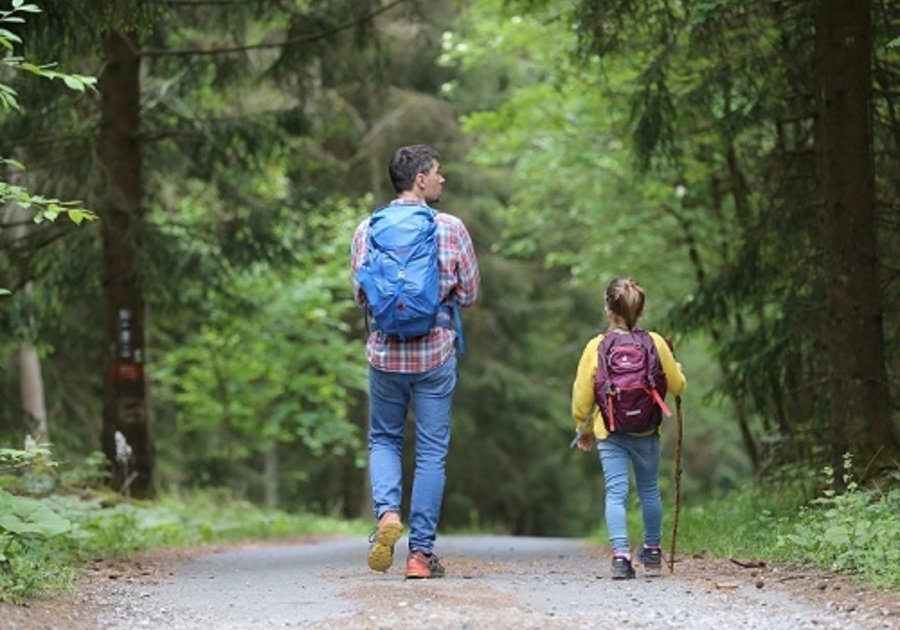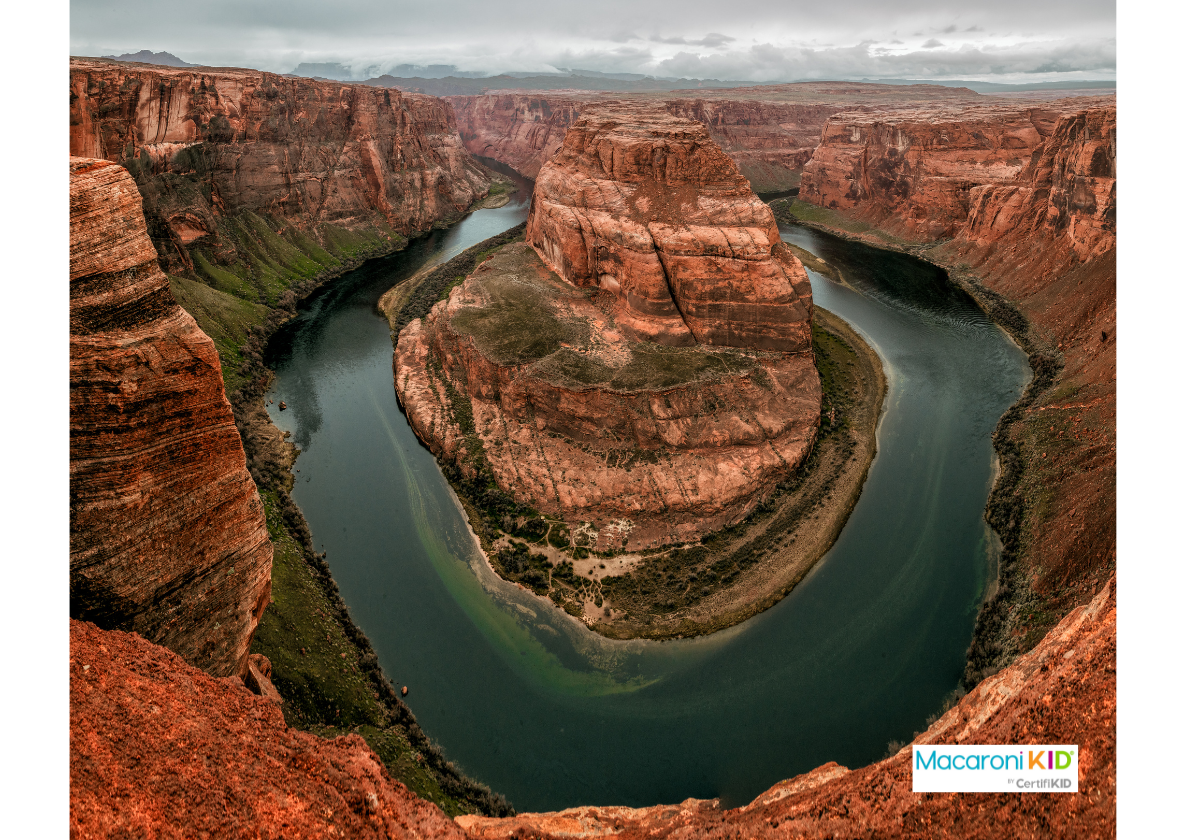Visiting a National or State Park for FREE, is the perfect way to celebrate cooler weather! The National Park System includes more than 84 million acres, comprised of parks, historical sites, monuments, recreation areas, battlefields, and seashores.
There are 63 national parks and more than 400 total locations under the National Park Service umbrella. One excellent time to plan a visit to one of these spaces? A FEE-FREE day. There are typically five, but this year the National Park Service has added Juneteenth, which means there are six free days in 2025. On these fee-free days, around 100 national parks and park sites that usually charge entrance fees waive them. These fees usually range from $5 to $35.
The 2025 FEE-FREE DAYS at national parks are:
- January 20: Martin Luther King, Jr. Day
- April 19: First day of National Park Week
- June 19: Juneteenth National Independence Day
- August 4: Anniversary of the Great American Outdoors Act
- September 27: National Public Lands Day
- November 11: Veterans Day
These amazing parks are truly our nation's treasure and can be enjoyed by families of all ages. I can think of no better way to be out in nature and learn about our country at the same time.
Those in search of superlatives will find them in national parks including the country’s highest point (in Denali National Park) and lowest point (in Death Valley National Park), deepest lake (at Crater Lake National Park), longest cave (at Mammoth Cave National Park), tallest trees (in Redwood National Park), and highest waterfall (at Yosemite National Park).
PARK PASSES:
The National Parks and Federal Recreational Lands Pass gets you into some 2,000 recreation sites. A pass covers entrance, standard amenity fees and day use fees for a driver and all passengers in a personal vehicle at per vehicle fee areas (or up to four adults at sites that charge per person). Children ages 15 or under are admitted FREE.
Annual Pass = $80 America the Beautiful National Parks and Federal Recreation Lands Pass
ALL Fourth-Grade Students: FREE ANNUAL PASS through the Every Kid in a Park program
Military Pass is FREE for current members of the U.S. Military and their dependents, as well as military veterans.
Senior Pass = $80 lifetime pass or $20 annual pass
Access Pass = FREE for individuals with permanent disabilities.
How to purchase: Visit the National Park Service to find out how to purchase the pass that is right for you.
3 TIPS FOR TRAVELING TO NATIONAL PARKS WITH KIDS
As a frequent visitor to national parks throughout the country, here are my top three tips for visiting with kids:
1. Plan ahead
- Look at the weather. Many national parks take you way above (or below!) sea level. This makes for drastic weather changes. Make sure you know what the typical weather is for when you are going. You can find weather updates on www.nps.gov.
- Take a look at the National Park System website. You will find general information, directions, maps, and facility information (restrooms, parking, visitor centers, etc) for the locations you plan to visit.
- Find out when the visitor center opens and start there. Many national parks have a visitor center with a movie and/or an exhibit about the park. My elementary-aged kids enjoy the landscape more when they understand the history behind it.
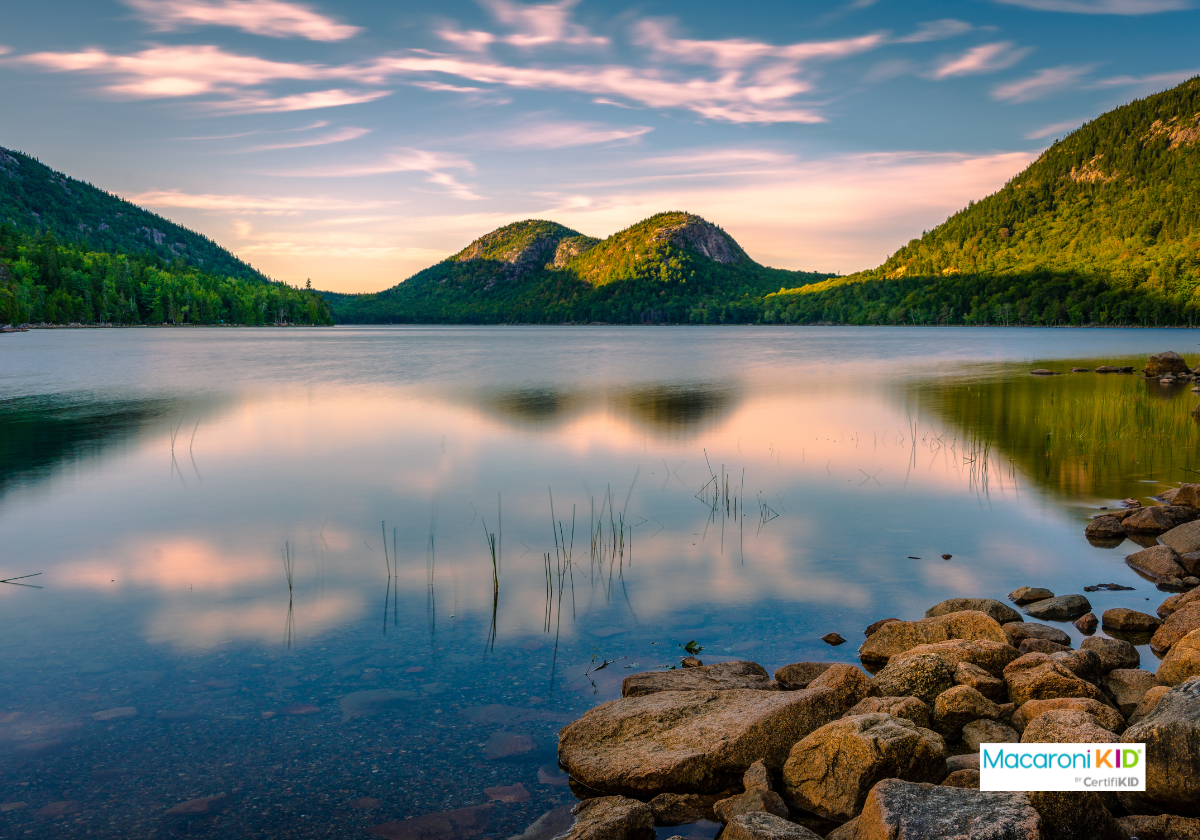 ejesposito via Canva ejesposito via Canva |
2. Gather information on-site before heading out
- Talk to a ranger. Every visitor center has a ranger on staff to answer any questions you may have. With maps and papers in hand, they can point you in the direction of the best hikes and views for your family's needs.
- Get a paper map. Do not depend on GPS navigation or cell service to guide you through a park.
- Ask for a Junior Ranger packet. Every national park has a Junior Ranger program. This is a booklet of assignments kids of all ages can do while visiting a park. It's a great way to keep them engaged and learning while in the park. When completed, kids can turn them in to a ranger and get sworn in as an official Junior Ranger.
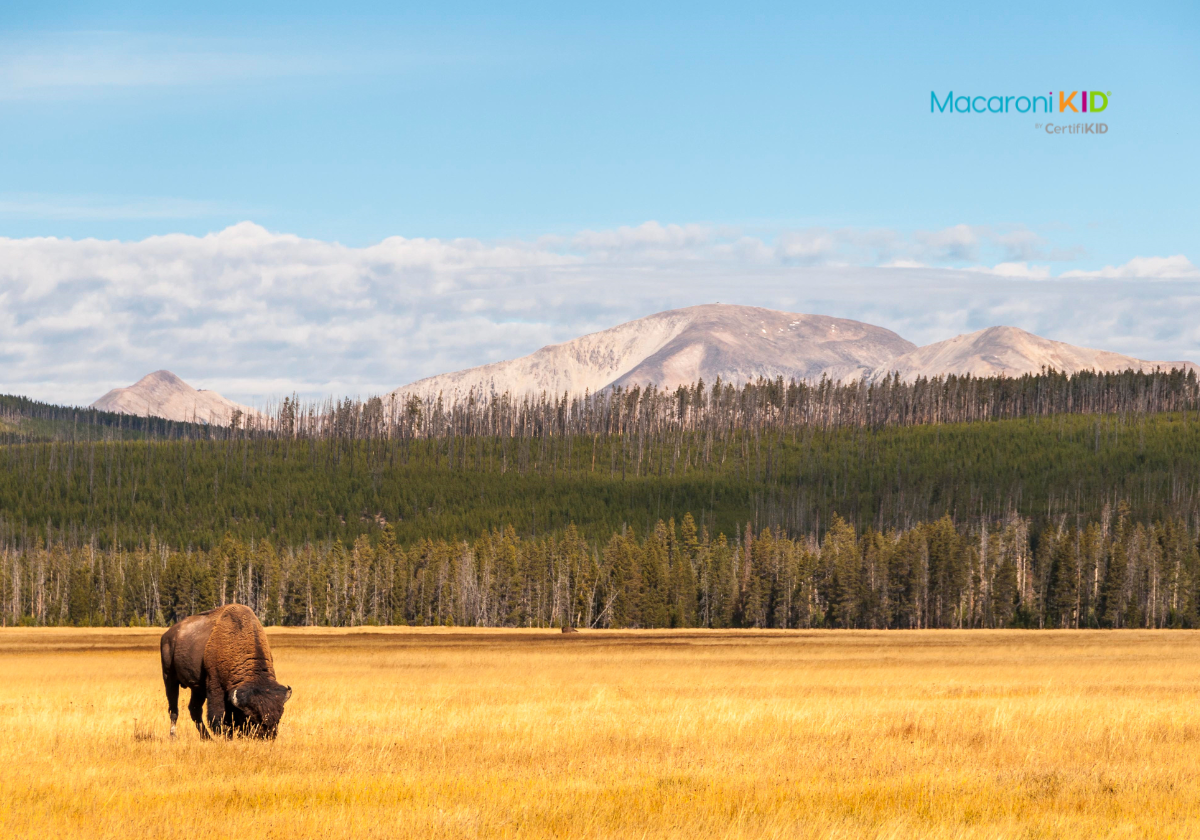 1Tomm via Canva 1Tomm via Canva |
3. Take a hike!
There is no better way to get to know a national park than to hike in it. Most parks will have trails ranging from a short overlook to an entire day’s hike. They are rated on difficulty by terrain and elevation gain/loss. As our kids have gotten older, we’ve been able to add in two- or three-mile hikes, on top of the many half-mile loops they loved as youngsters. Here's what we bring for a day in the park:
- Water: No matter what the season, make sure you have water. There are often refill stations throughout a park, but make a note of where they are on a map, especially in the hotter months. We are big fans of hydration packs you can wear on your back.
- Snacks and/or a meal: If you're going to be moving, you're going to get hungry! Many parks offer picnic areas with tables, restrooms, trash receptacles, and food storage from animals. You never know what perfect spot you'll find to picnic.
- Garbage bag: Whatever you take into the park, plan to take it home with you. While many parks have waste receptacles for garbage, they aren’t all over the place. We often take a small bag with us for trash, just in case we don’t find an appropriate place to dispose of it in the park. Remember, national parks are set up to protect the landscape and wildlife, not for our entertainment. Be prepared to leave nothing behind.
- Layers: Whether you are in the mountains, the desert, the forest, or the midwest, national parks often have drastically different temperatures in the morning than midday and even the evening.
- Sun protection: You can still get sunburned in the winter on a snow-covered mountain. Sunscreen, sun shirts, sunglasses, and hats will help protect your skin and eyes.
- Good shoes: Even level hiking paths can have uneven rocks and fallen trees. Make sure you have shoes with good support for all of your walking needs!
- Bug spray: You will know when you need it!
- Gas: If you’re planning on spending all day in a larger, more remote park, make sure you have a full tank of gas. You do not want to get stranded in the middle of a park. Depending on where you are, there may be no cell service.
Visiting national parks is a great way to see our nation's natural wonders. With a little planning, and by taking your kids' abilities and interests into account, you can make a trip to a national park a vacation your kids will always remember.
15 GEORGIA AREAS IN THE NATIONAL PARK SERVICE:
NATIONAL HISTORIC SITES: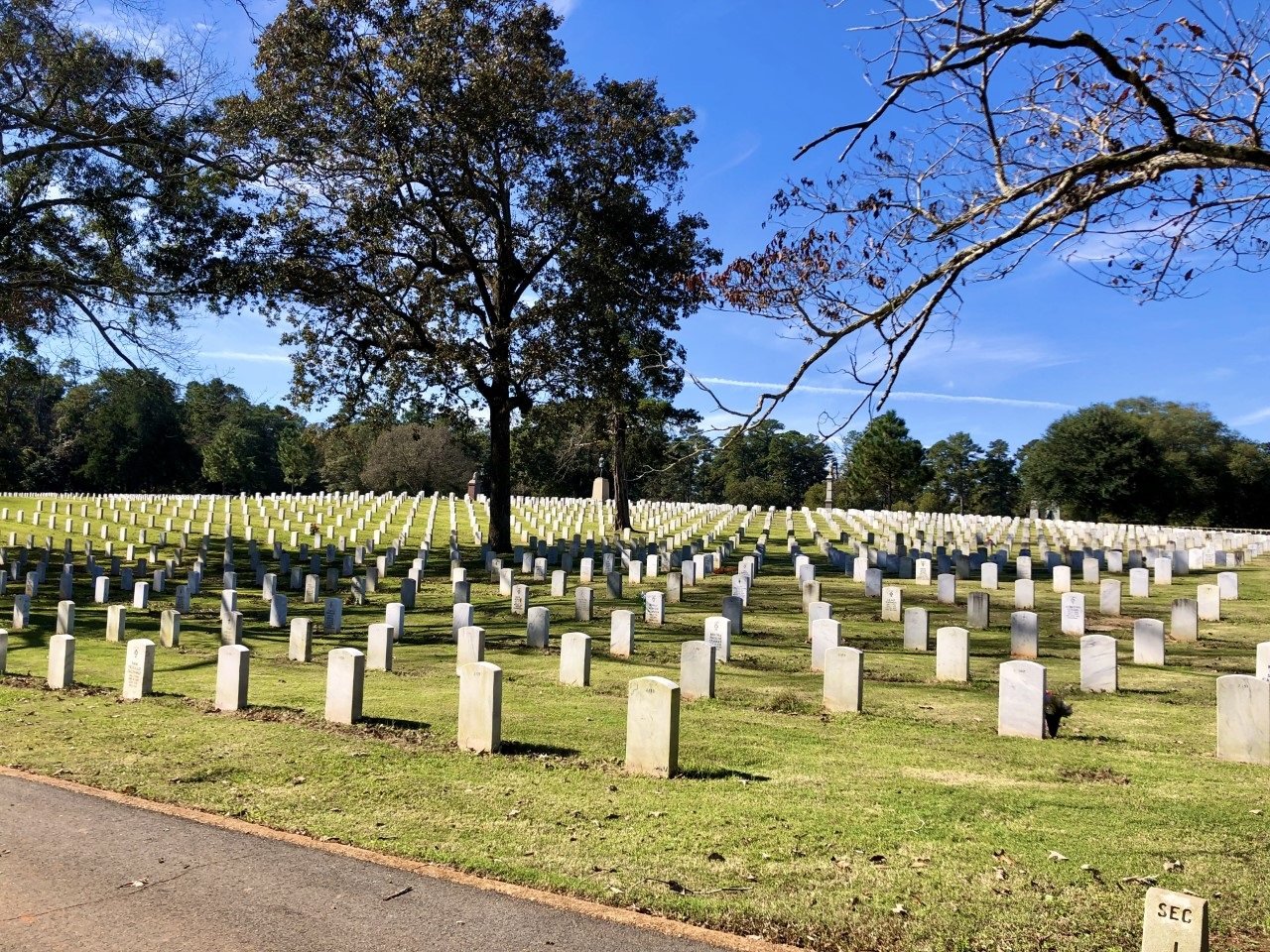
Andersonville Civil War Prison & Cemetery- Andersonville
Jimmy Carter Museum & Train Depot- Plains
Martin Luther King Center, home & Ebenezer Baptist Church- Atlanta
NATIONAL HERITAGE AREAS:

Arabia Mountain- Lithonia
Augusta Canal- Augusta
Gullah Geechee Cultural Center- Sapelo Island and Riceboro
NATIONAL TRAILS: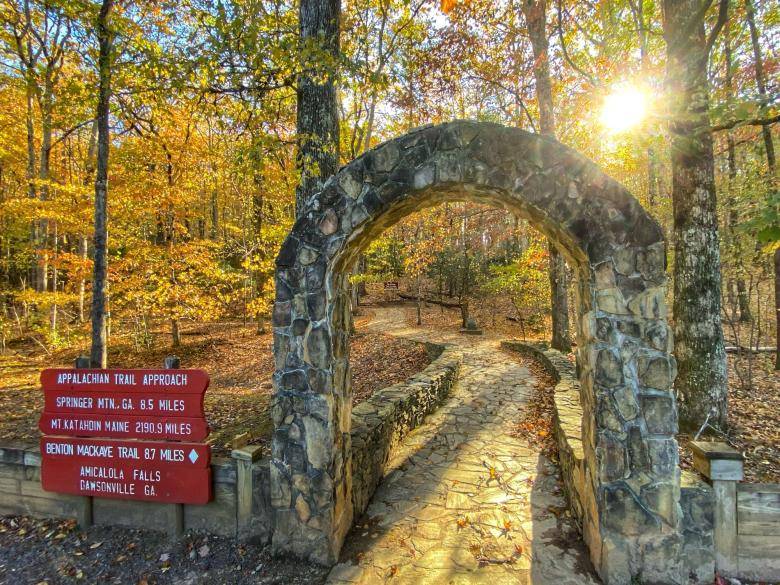
Appalachian Scenic Trail- Dawsonville
Trail of Tears- Echota Center - Calhoun
MONUMENTS:
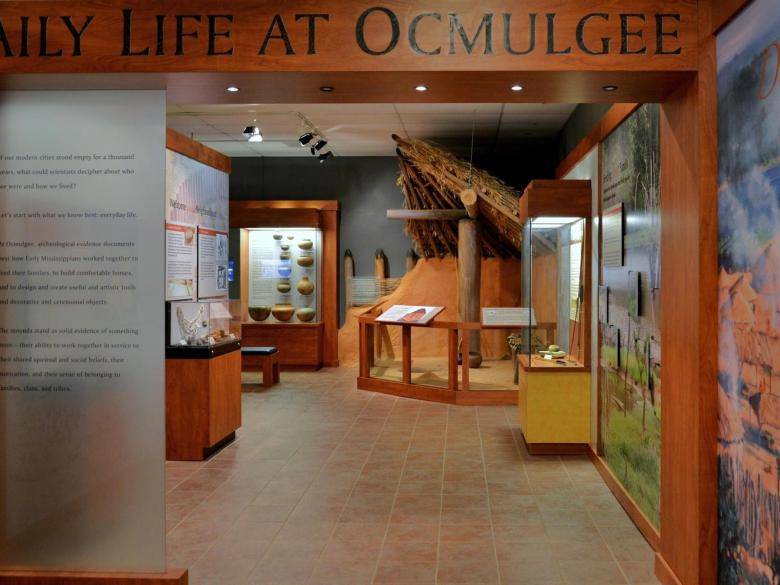
Fort Frederica- St Simon's Island
Fort Pulaski- Savannah
Ocmulgee Burial Mounds- Macon
MILITARY PARKS: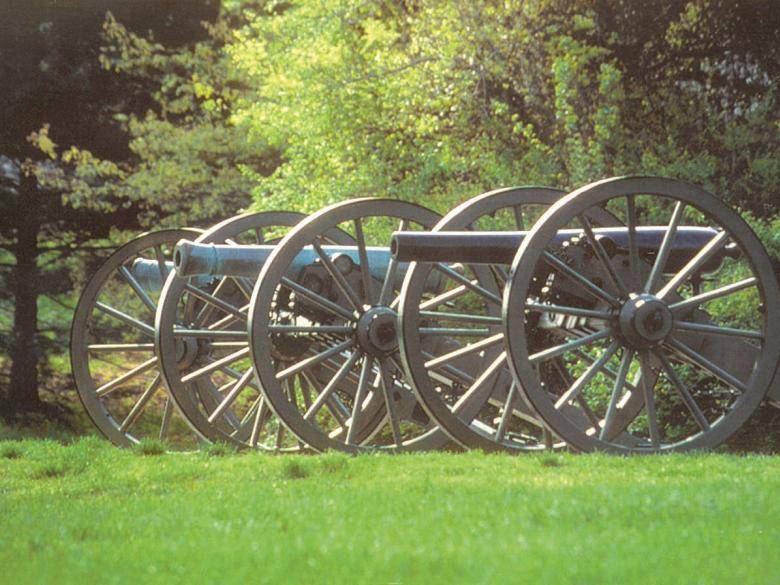
Chickamauga & Chattanooga Park- Fort Oglethorpe
Kennesaw Mountain Battlefields- Kennesaw
NATIONAL RECREATION AREAS:
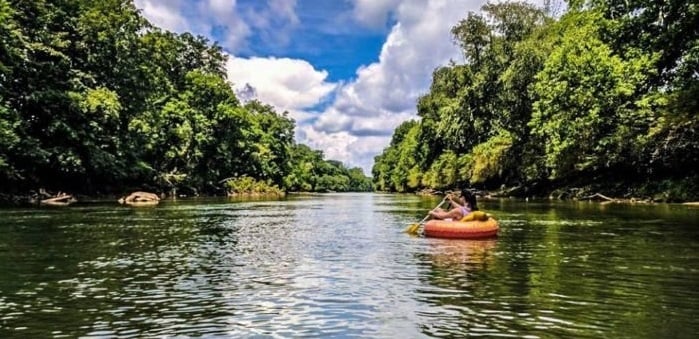
Chattahoochee River- The Chattahoochee River offers miles of hiking, wild life spotting, river rafting "shoot the hooch", fishing and so much more.
NATIONAL SEASHORE:
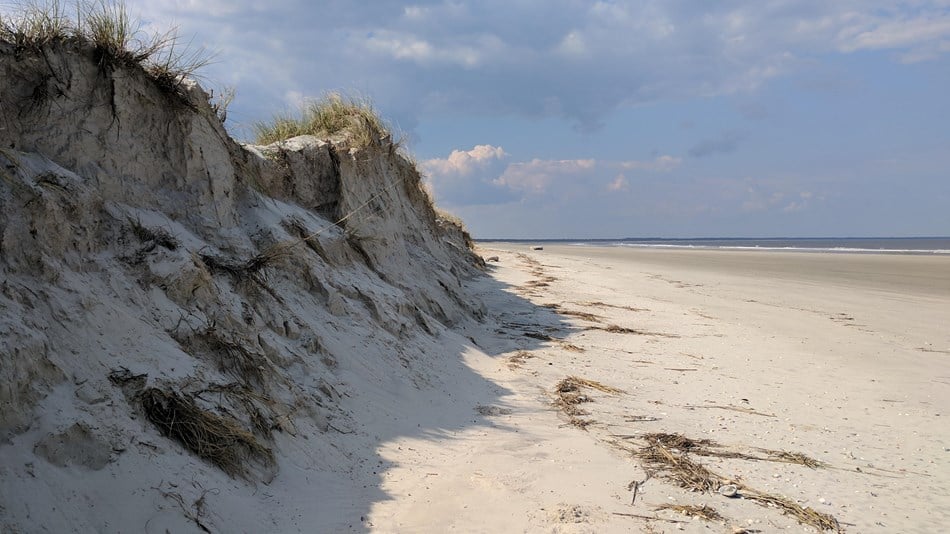
Cumberland Island- Cumberland Island is a pristine island off the coast of Georgia known for wild horses and the wedding place of John F. Kennedy Junior and home to members of the Carnegie family. You can go camping on the island or enjoy a stay at the historic Greyfield Inn built by the Carnegies.
There are also over 60 Georgia State Parks to explore! Click HERE for a map and descriptions of each.
* * * * * * * * * *
If you have never visited any of our State Parks because you or a family member has a mobility issue we have great news! Click here to read about the new FREE ALL-TERRAIN TRACK WHEELCHAIRS AT GA STATE PARKS & HISTORIC SITES
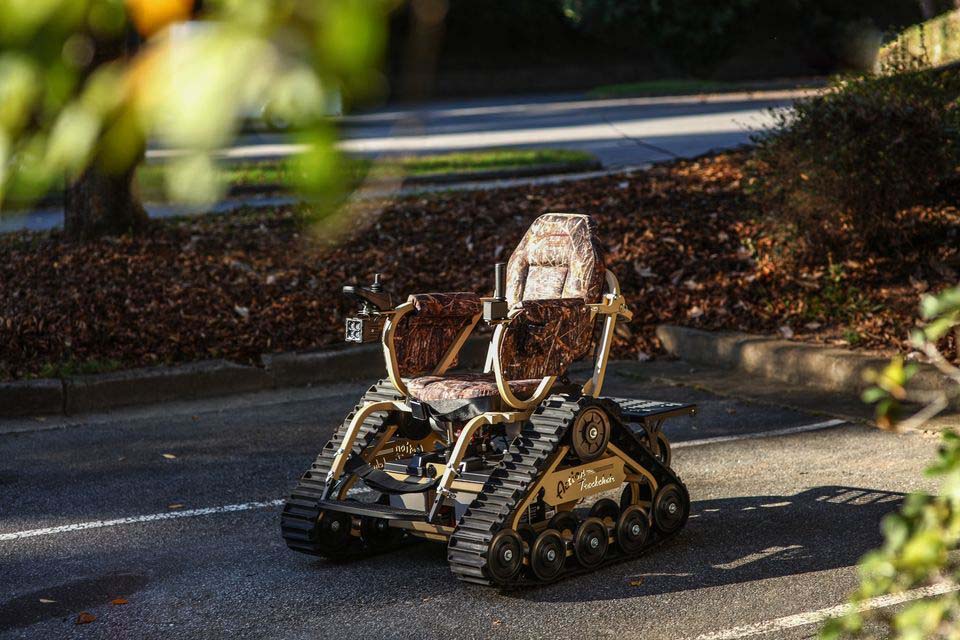
More than 20,000 National Park Service employees care for America's national parks and work with communities across the nation to help preserve local history and create close-to-home recreational opportunities. Stay connected on Facebook, Twitter, and YouTube.

